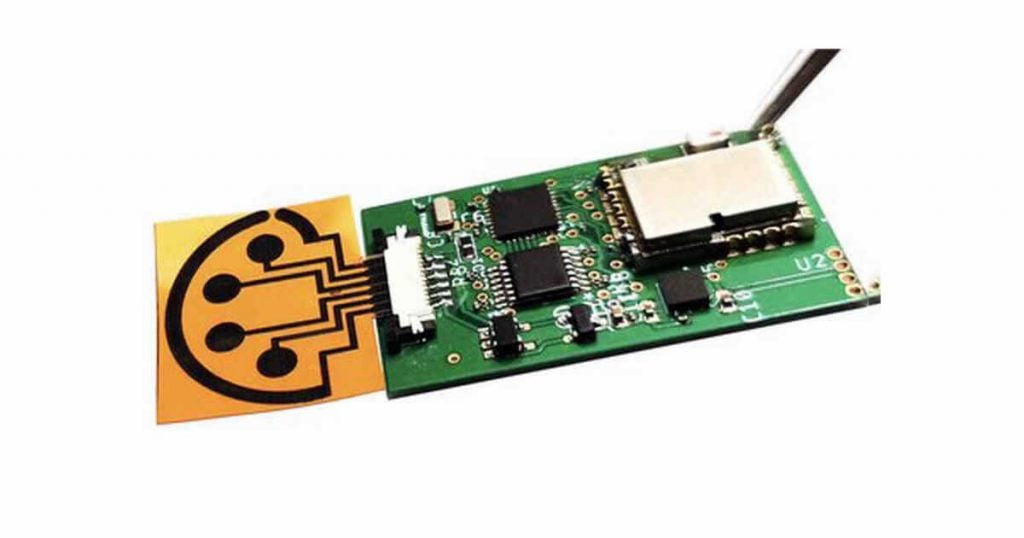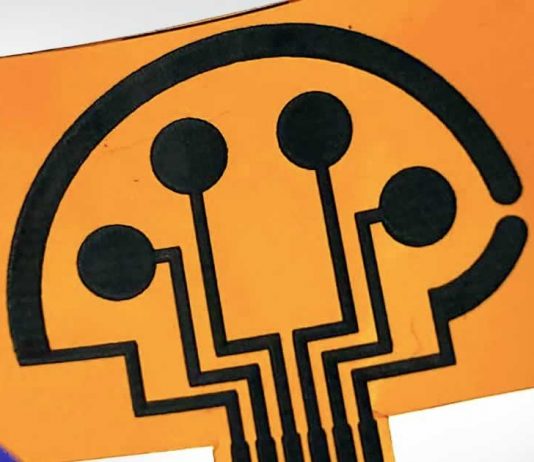Researchers from the California Institute of Technology (Caltech) have developed a new technology capable of detecting COVID-19 efficiently and telematically.
A new type of multiplexed test (a test that combines multiple kinds of data) with a low-cost sensor developed by the Caltech team led by Wei Gao, assistant professor in Andrew and Peggy Cherng’s department of medical engineering, has the distinction of being able to detect COVID-19 infections in a matter of minutes and without the presence of specialized medical personnel.
With this sensor, anyone can enable the at-home diagnosis of a COVID-19 infection through rapid analysis of small volumes of saliva or blood, without the involvement of a medical professional, in less than 10 minutes. The device is already in testing, and its results are encouraging.
These wireless sensors are made of graphene and are mounted on a laser-etched plastic sheet that generates a 3D graphene structure. This structure is made up of small pores that create a large surface area, which allows this sensor to have a high enough sensitivity to detect compounds in blood, sweat, and saliva in very small amounts with high precision.
Antibodies, immune system molecules sensitive to specific proteins such as those on the surface of a COVID virus, are attached to the sensor.

Gao and his team had previously developed an earlier version of these wireless sensors capable of monitoring other conditions such as gout. This was because these versions were infused with antibodies to the hormone cortisol, which is associated with stress, and uric acid.
The new version, named ARS-CoV-2 RapidPlex, contains antibodies and proteins that allow it to detect the presence of the virus itself. It is equipped with antibodies that fight the virus and chemical markers of inflammation that indicate the degree of infection of the patient in a matter of minutes, even if the patient is asymptomatic.
The technologies associated with the detection of COVID are usually much more expensive and difficult to apply. They require much more expensive devices and that, in most cases, need a complex infrastructure to make them work. The sensor from the Caltech team is very cheap since it aims to reach the market for a few dollars, and it is very easy to use.
The device has not been tested outside of the laboratory. Tests based on blood and saliva samples from positive and negative patients show the sensor to be highly accurate. Still, large-scale testing cannot be performed with it until its effectiveness is definitively determined. The next step is to test how long the sensors last with regular use and begin testing them in humans with COVID-19.


